The ocelot is a medium-sized wild cat found in North, Central, and South America. It is around the same size as a bobcat and has a variety of markings on its fur, including stripes, spots, dots, bars, and smudges.
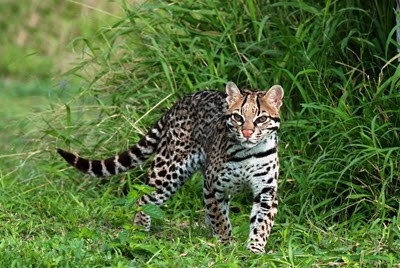
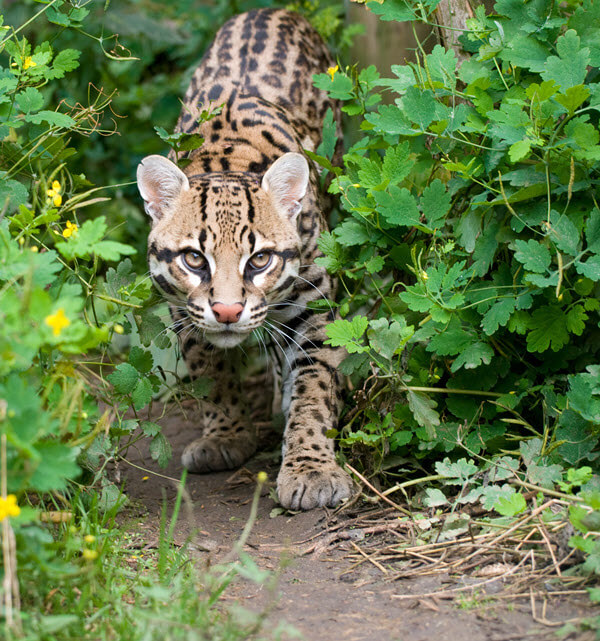
Scientific Name: Leopardus paradalis
Conservation Status: Least Concern – The population is considered stable.
Population: There are an estimated 40,000 ocelots in the wild.
Subspecies: There are two recognized subspecies.
- Leopardus pardalis pardalis (Mexico)
- Leopardus pardalis mitis (Brazil)
Meaning of name: Originating from the Nahuatl (an indigenous Mexican population) word ocelotl, that usually refers to a jaguar, or possibly Latin ocellatus, meaning having little eyes or marked with eye-like spots.
Lineage – The ocelot belongs to the Ocelot lineage, which includes the Andean mountain cat, margay, pampas cat, oncilla southern tiger, oncilla northern tiger cat, Geoffroy’s cat, and kodkod.
Interesting facts about the ocelot
- Ocelots are good at climbing, leaping, and swimming.
- They like to live in areas that are close to water.
- The ocelot is ometimes kept as a pet
- Unlike other wild cats, the ocelot will remove the fur and feathers from their prey before eating.
- The cat’s scientific name was first proposed in 1842.
- Adapts well to its surroundings.
- It shares its range with the cougar, margay, oncilla, jaguarundi and jaguar.
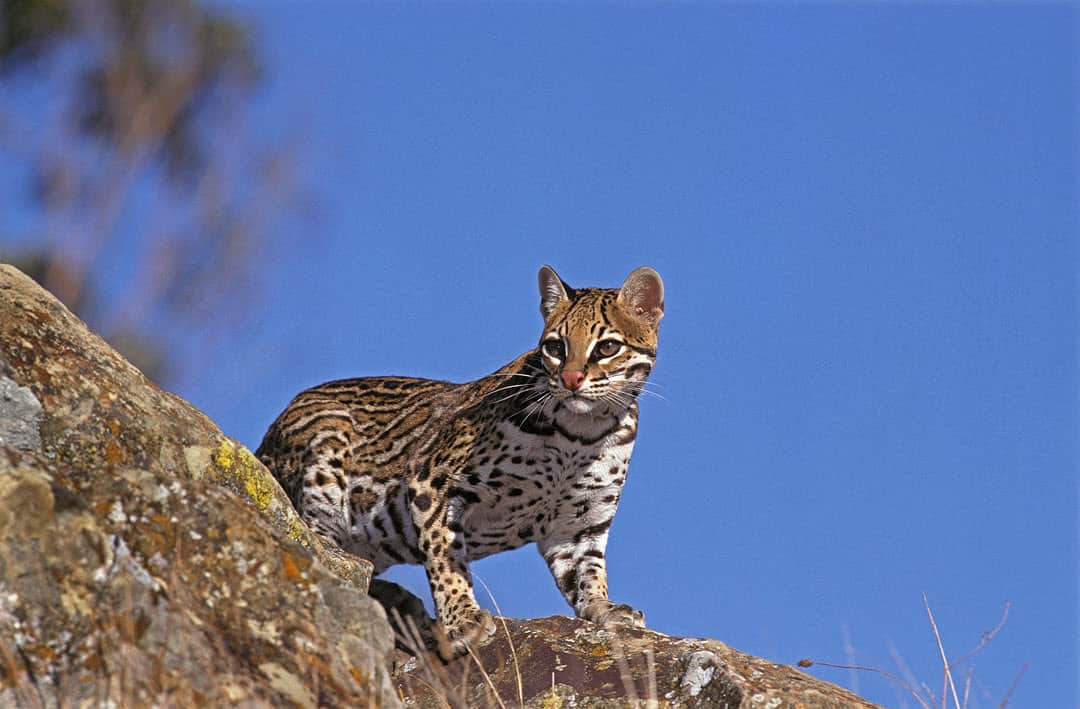
More about the Ocelot
The ocelot can be found throughout the southwestern United States and Central and South America. It has a different name depending on its location. For example, in Panama, it is called the “gato tigre,” and in Colombia, Guatemala, Ecuador, and Peru, it is known as the “tigrillo.”
Origin and history
According to DNA evidence, the ancestor of the ocelot is from Asia. The descendants of this ancestor resulted in four cat lineages: Lynx, Puma, Leopard Cat and Domestic Cat. The ocelots direct ancestor likely arrived in North America around 8 million years ago. From North America, it eventually moved into South America. As with many wild cats, there is some disagreement about the ocelot’s origins. It is generally agreed that ocelots have remained in the same region where they originated, similar to bay cats, caracals and leopards.
Physical characteristics
The ocelot is a medium-sized wild cat known for its short fur and rounded ears. Its fur comes in various colors, from soft creamy white to bright yellow and grey, and is beautifully decorated with streaks, stripes, and spots. The spots on its head and limbs are somewhat small, with stripes and bands on its flanks, back, and cheeks. The back of the ocelot’s ears are black with a white spot.
Although it resembles the Margay and oncilla in some facial features, the ocelot is larger and heavier, with a shorter tail. Its fur also has more blotches.
| Ocelot | FROM | TO |
| Weight | 15 lbs. | 34 lbs. |
| Length | 22 in. | 39 in. |
| Tail | 10 in. | 16.1 in. |
Ocelot behavior
The ocelot is a solitary animal that rests during the day and is active mainly at night. Males sometimes share their territory with females. During the day, it rests in dens, trees, ens, trees, and other protected locations. It marks its territory with urine, feces, and clawing logs. They communicate through vocalizations (low growls, sometimes purring, yowls, chuckles), scent, and body language.
Location and habitat (where the Ocelot lives)
The ocelot inhabits the southwestern United States, Mexico, Central America, and South America, down to Argentina, usually up to an elevation of 9,800 ft. It has been seen in forests, swamps, and savannahs, but it seems to prefer forests with a source of water.
A male’s territory is usually 1.4 up to 18 square miles. A female’s territory is much less, averaging between .3 and 6 square miles.
Hunting and prey (diet)
Ocelots hunt in trees, on the ground, and in water. They feed on rabbits, opossums, rodents, armadillos, and other small mammals, as well as birds, reptiles, fish, and insects. They move around looking for prey or waiting for it to appear.
Mating, reproduction, and lifespan
Ocelots mate all year long. Gestation lasts 79 to 83 days. A litter contains one to four kittens. The kittens are kept in a den and may be moved occasionally for the first few months. They will leave the den after about 90 days but stay with their mother for up to two years. Ocelots can live from 16 to 20 years.
Conservation issues
Threats to the ocelot’s survival include habitat destruction. The cat is still illegally hunted for its fur and body parts.
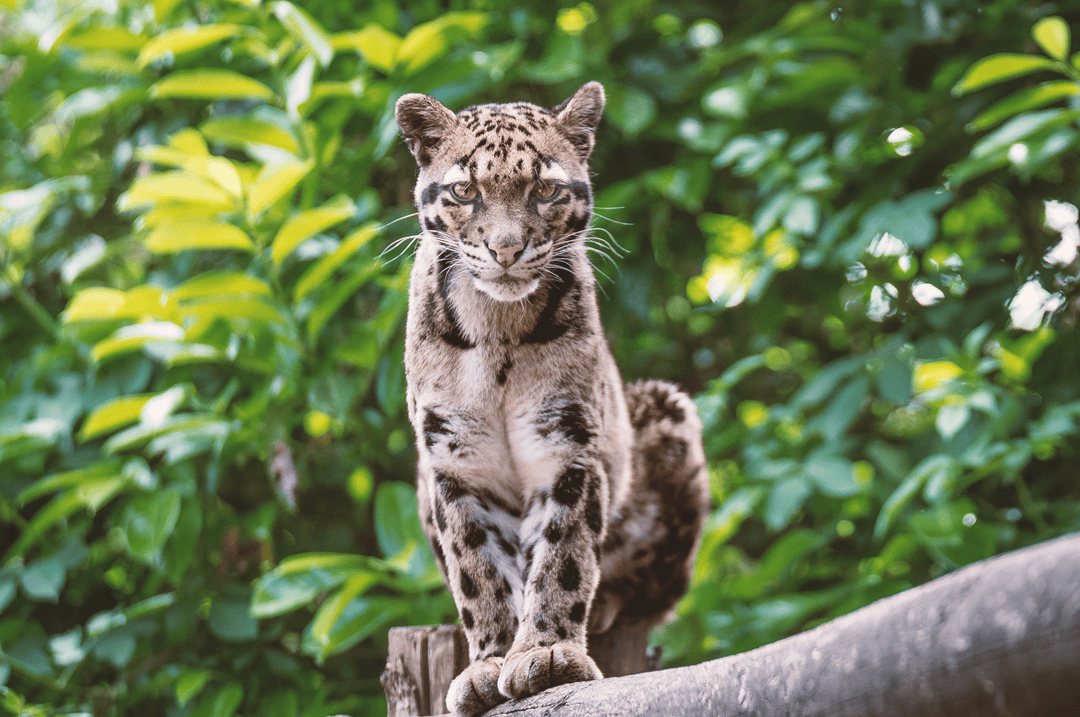
Research and quotes
“The ocelot (Leopardus pardalis) is a federally listed,endangered cat native to south Texas. Habitat loss and fragmentation are the primary causes of its decline.” – 2004 Habitat use by ocelots in south Texas:
implications for restoration Harveson, Tewes et al.
Ocelots in culture
Ocelots have appeared in various types of art, including a figurine found in the state of Ohio (USA), carved from bone dating back to 1400 – 1500. The artifact was found in the Hopewell Moung Group/Hopewell Culture National Historical Park, located in Ohio (USA). Two thousand years ago the site was used to conduct religious rituals and ceremonies.
According to some researchers, in pre-Columbian mesoamerica (a historical region and cultural area that begins in the southern part of North America and extends to the Pacific coast of Central America) ocelots appeared next to jaguars as helpers in ceremonies and art.
Image: Ocelot (1845) John Audubon
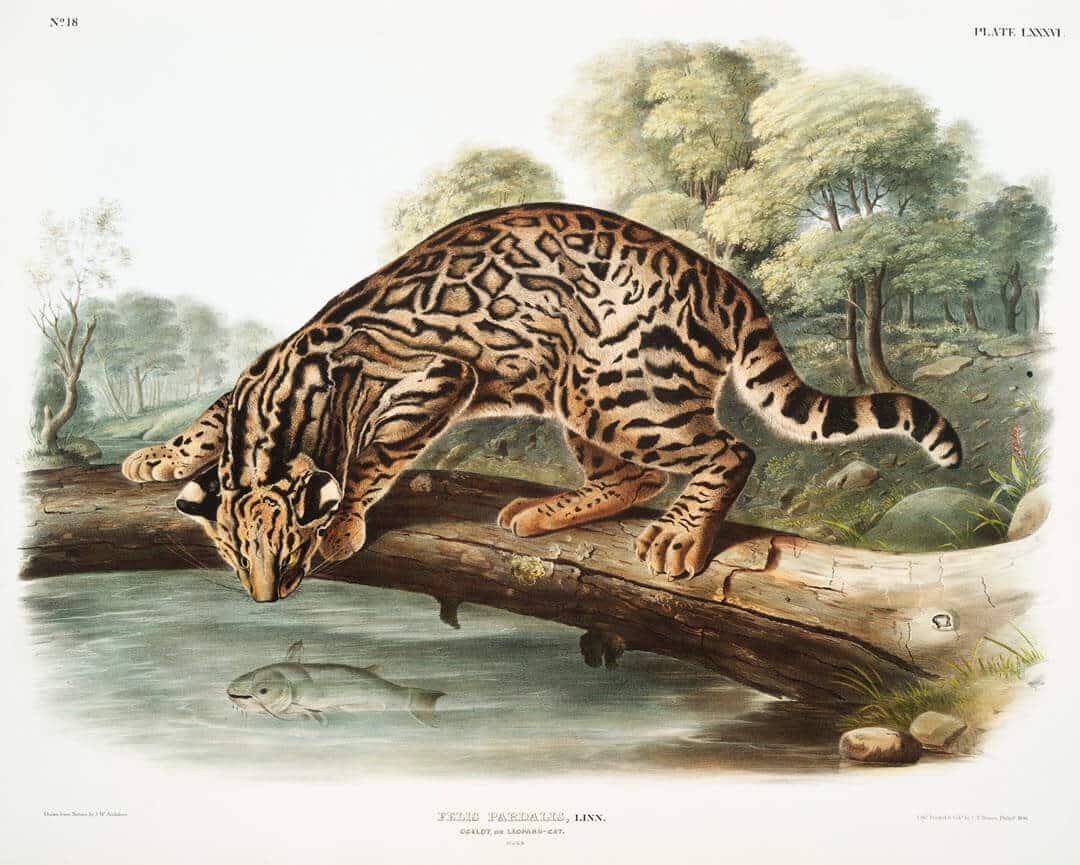

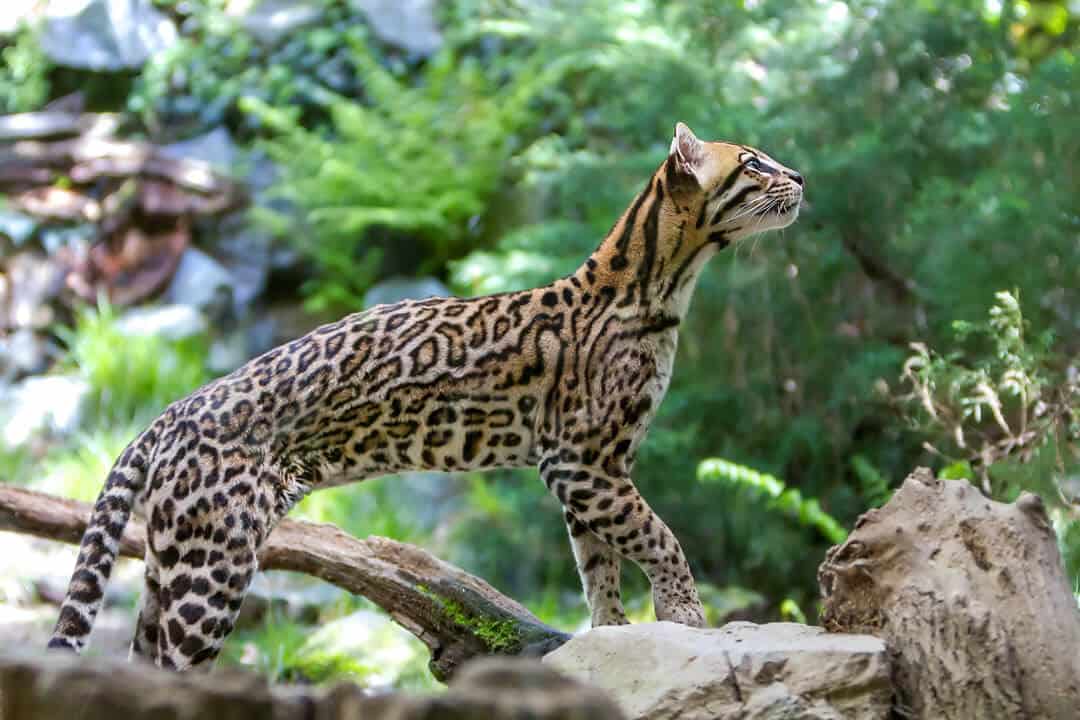
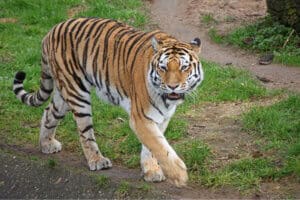

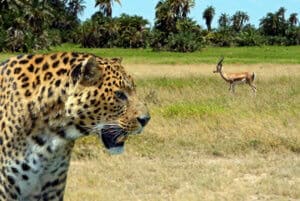

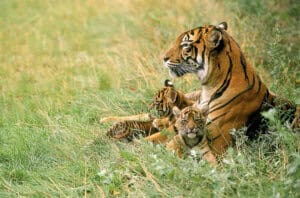

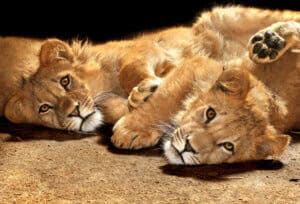
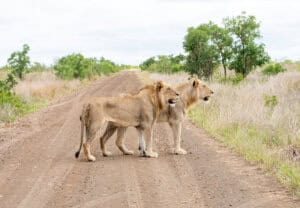
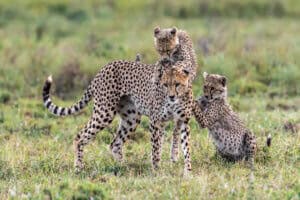


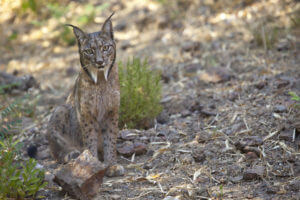




0 Comments